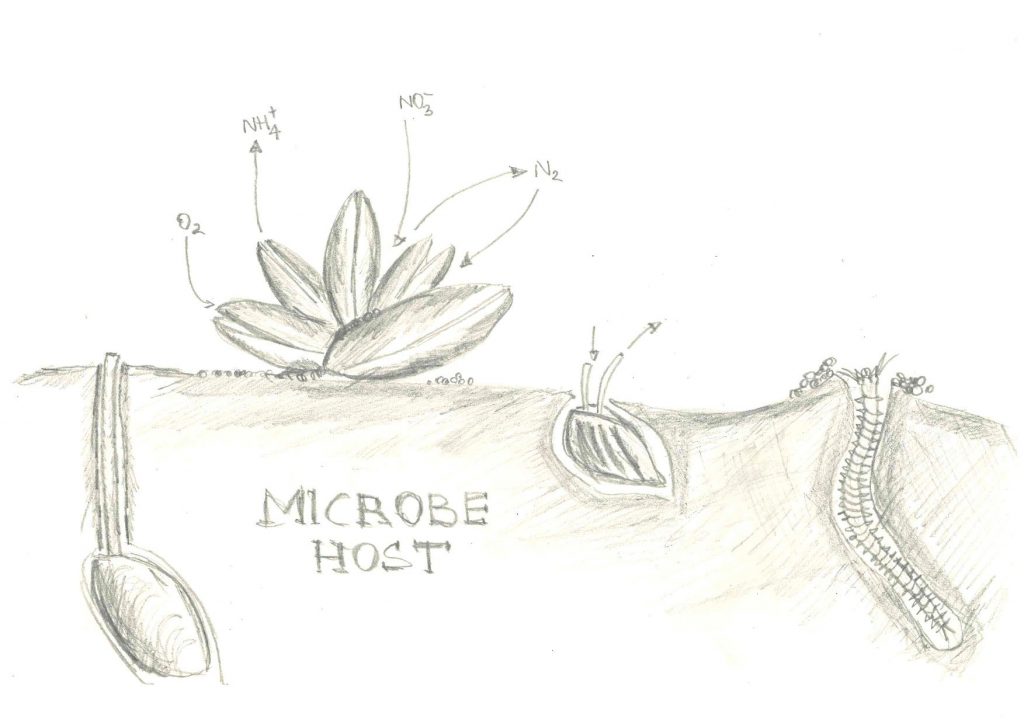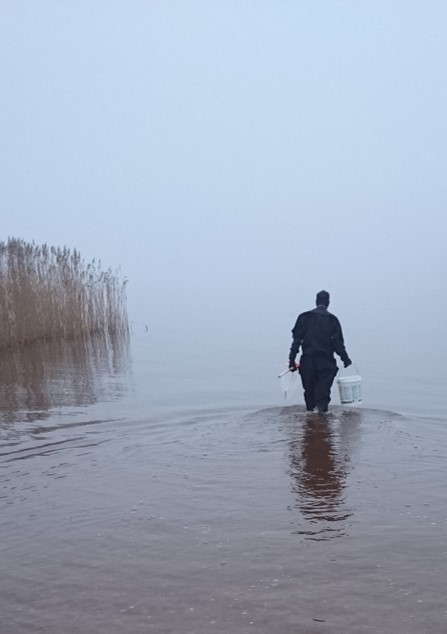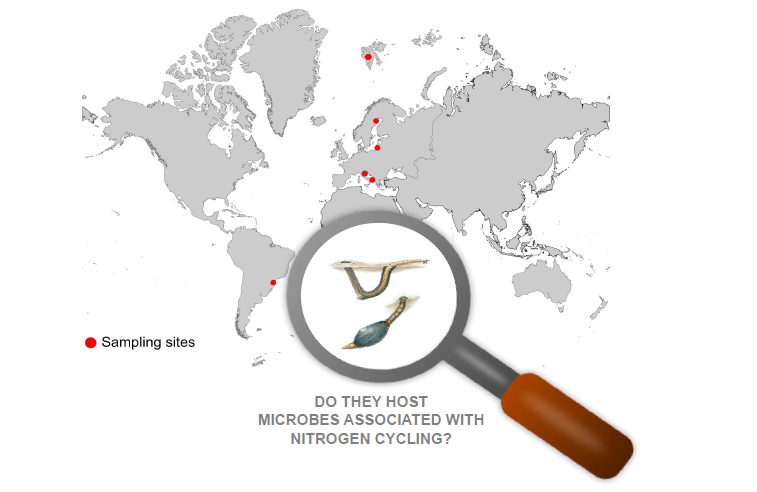About the project INBALANCE
Overall, invertebrate-bacterial associations may represent benthic biogeochemical hotspots of nitrogen (N) cycling but their relevance to ecosystem functioning remains essentially unknown in shallow estuarine systems. Combining traditional biogeochemistry with more recent advanced functional genomics methods at both the organism and the ecosystem level will be used in this project to bridge the existing gaps of knowledge, and disentangling benthic N cycling that can be attributed to the complex relationships among micro- and macroorganisms, which may change along gradients of resources, nutrients, temperatures and etc.


This project aims at better understanding the distribution on, diversity and functional role of bacteria associated with benthic invertebrate hosts in estuarine zones along a geographical gradient (subtropical, warm temperate, cold temperate, boreal) and a eutrophication gradient (locally within each site, at increasing distance from terrestrial inputs). In the project, we will quantify rates and activity of microbial N transformations in two functional groups of invertebrate hosts: suspension filter feeders and deposit feeders.
Project activities
Activity 1: Quantify target microbial N transformations in key benthic invertebrate hosts;
Activity 2: Identify the genetic and functional diversity of the microbiome;
Activity 3: Determine the specificity and plasticity of the animal-bacterial associations;
Activity 4: Evaluate the role of animal-bacterial associations in N cycling pathways in the benthic estuarine habitats using ecological network and systematic N balance analysis.
Where we look for microbe hosts?

